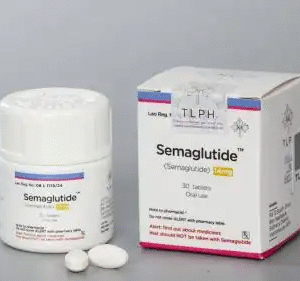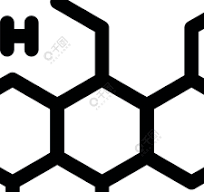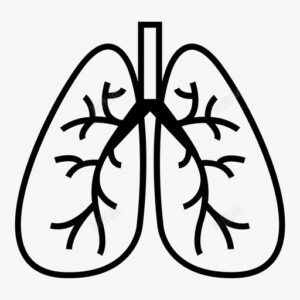Furosemide
Effects and efficacy:
Treatment of edematous diseases, including congestive heart failure, ascites due to liver cirrhosis, peripheral edema caused by functional disorders or vascular disorders, kidney diseases (nephritis, nephropathy and acute and chronic renal failure caused by various reasons), and can promote the discharge of upper urethral stones. Especially when other diuretics are ineffective, this type of drug may still be effective. Combined with other drugs to treat acute pulmonary edema and acute cerebral edema. Hypertension, this product is not the first choice for the treatment of primary hypertension, but when thiazide drugs are ineffective, especially when accompanied by renal insufficiency or hypertensive crisis, this type of drug is particularly suitable. Hyperkalemia and hypercalcemia. Dilutional hyponatremia, but when the blood sodium concentration is lower than 120mmol/L, do not use large doses. Syndrome of inappropriate antidiuretic hormone secretion (SIADH). Acute tubular necrosis.
Dosage and Administration:
For adults with edema, the starting dose of furosemide tablets is 20-40 mg orally, once a day. If necessary, an additional 20-40 mg can be taken after 6-8 hours until a satisfactory diuretic effect is achieved. Although the maximum dose can reach 600 mg per day, it should generally be controlled within 100 mg and taken in 2-3 doses. This is to prevent excessive diuresis and adverse reactions. For some patients, the dose can be reduced to 20-40 mg, once every other day, or taken continuously for 2-4 days per week, 20-40 mg per day. For the treatment of hypertension, the starting dose is 40-80 mg per day, taken in 2 doses, and the dose can be adjusted as appropriate. For the treatment of hypercalcemia, the starting dose is 80-120 mg per day, taken in 1-3 doses. For the treatment of edema in children, the starting dose is 2 mg/kg per day, taken orally, and an additional 1-2 mg/kg can be taken every 4-6 hours if necessary. The interval between doses should be extended for newborns. Furosemide injection and furosemide for injection for the treatment of edema in adults. In case of emergency or inability to take orally, it can be injected intravenously, starting with 20~40mg, and if necessary, additional doses every 2 hours until satisfactory therapeutic effects are achieved. The drug can be administered in divided doses during the maintenance phase. In the treatment of acute left heart failure, 40mg is injected intravenously at the beginning, and 80mg is added every hour if necessary until satisfactory therapeutic effects are achieved. In the treatment of acute renal failure, 200~400mg can be added to 100ml of sodium chloride injection and intravenously dripped, with a drip rate of no more than 4mg per minute. For those who are effective, the original dose can be repeated or the dose can be adjusted as appropriate, and the total daily dose should not exceed 1g. When the diuretic effect is poor, the dose should not be increased to avoid renal toxicity, which is not conducive to the recovery of acute renal failure function. In the treatment of chronic renal insufficiency, the general daily dose is 40~120mg. In the treatment of hypertensive crisis, 40-~80mg is injected intravenously at the beginning, and the dose can be increased as appropriate when accompanied by acute left heart failure or acute renal failure. In the treatment of hypercalcemia, it can be injected intravenously, 20~80mg at a time. For the treatment of edema in children, the initial dose is 1 mg/kg intravenous injection, and 1 mg/kg is added every 2 hours if necessary. The maximum dose can reach 6 mg/kg per day. The interval between medications should be extended for newborns.
Adverse reactions:
The main adverse reactions are electrolyte disorders, common hypokalemia, hyponatremia and hypochloremic alkalosis. Mild nausea, diarrhea, drug rash, itching, blurred vision and other adverse reactions may occur. Sometimes upright dizziness, weakness, fatigue, muscle cramps, thirst may occur. In a few cases, leukopenia, liver damage, thrombocytopenia, granulocytopenia are occasionally seen. Hepatitis patients are prone to hepatic coma and erythema multiforme. Long-term use can cause hyperuricemia, gastrointestinal disorders, allergic reactions, increased blood sugar, gastric and duodenal ulcers.
Drug contraindications:
Allergic to this product is prohibited for children to use with caution during pregnancy and lactation
Share:
Products
Our offers
Health Classification
Let us work together to protect precious health






























